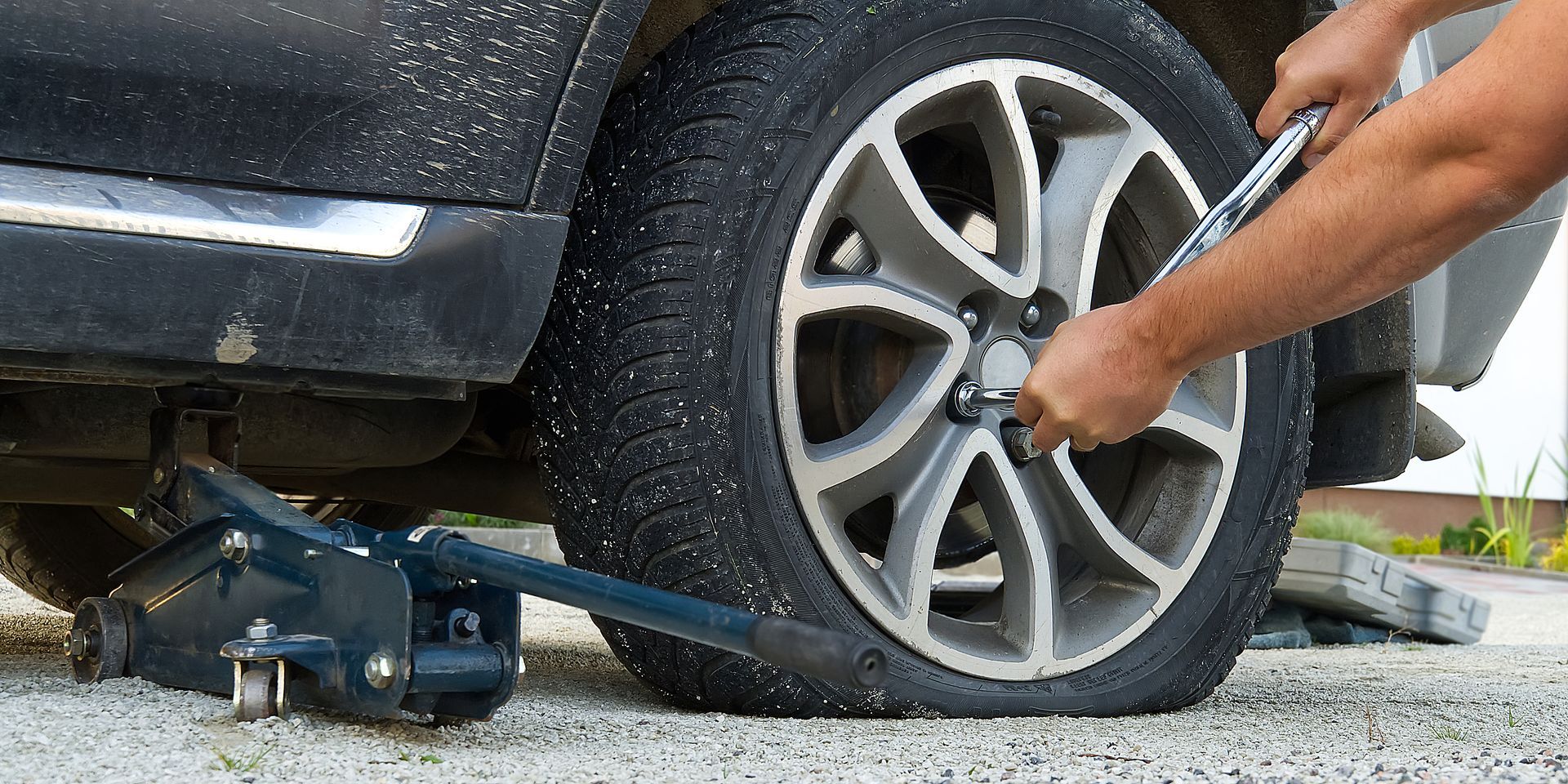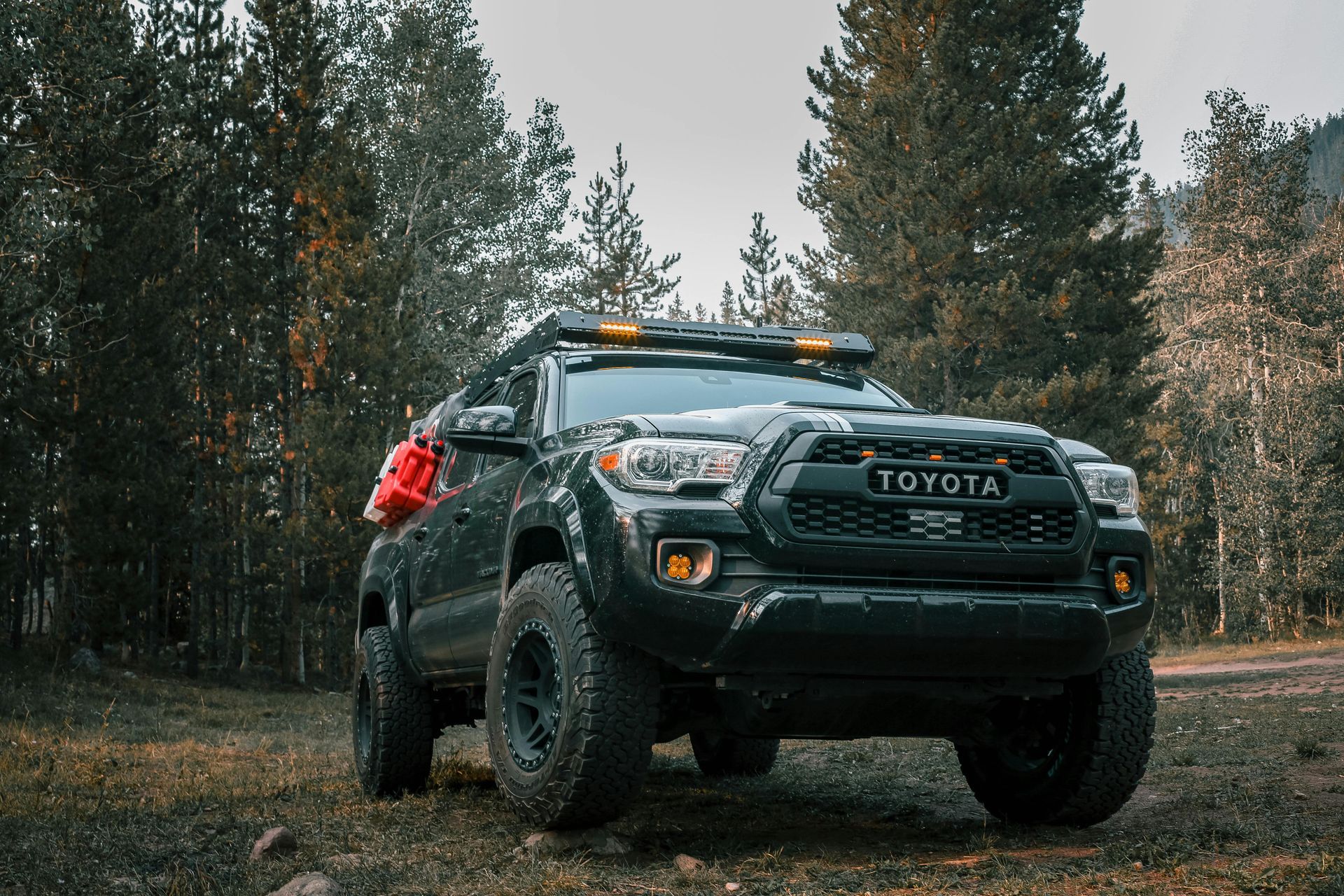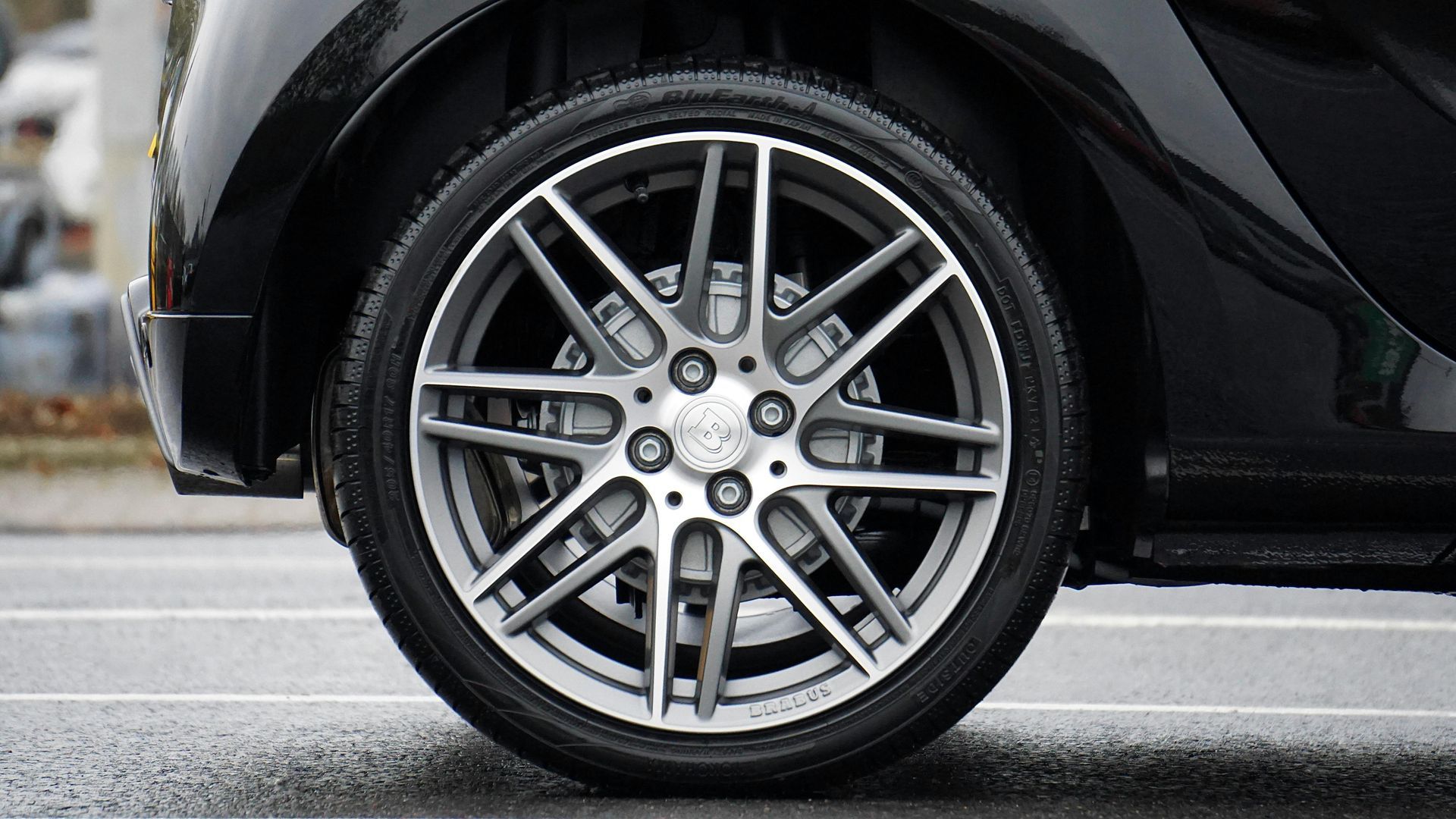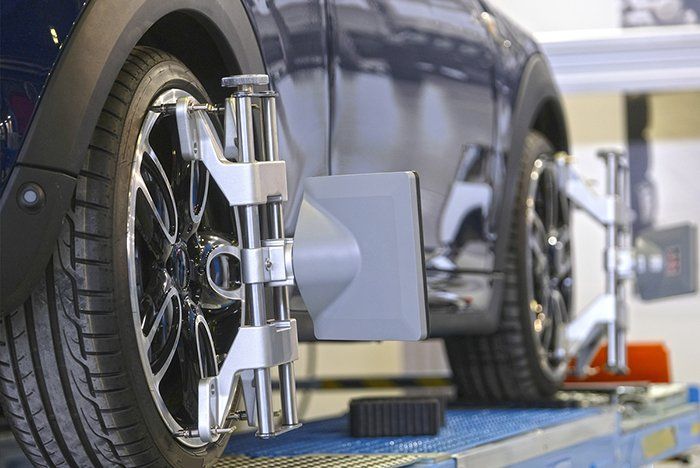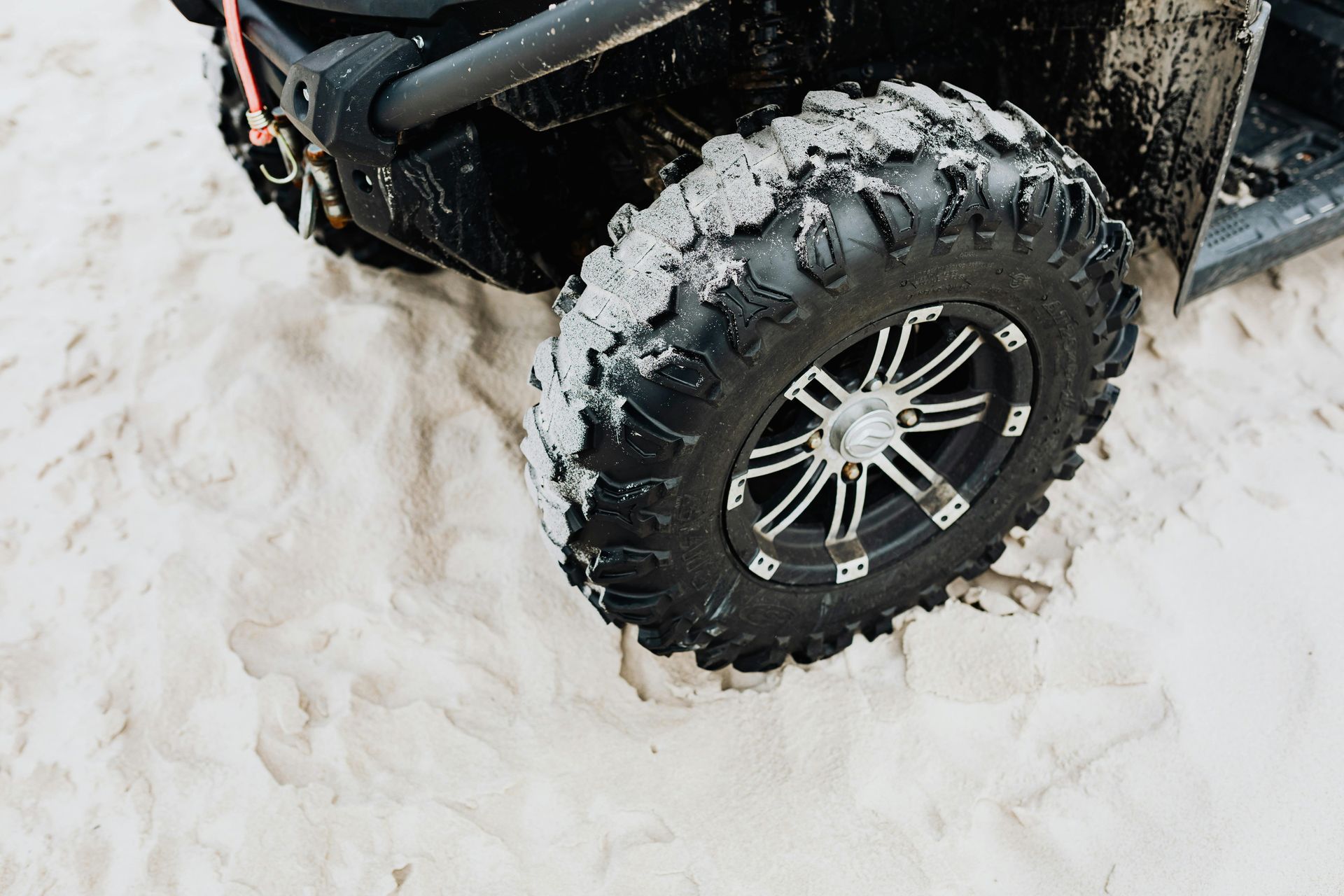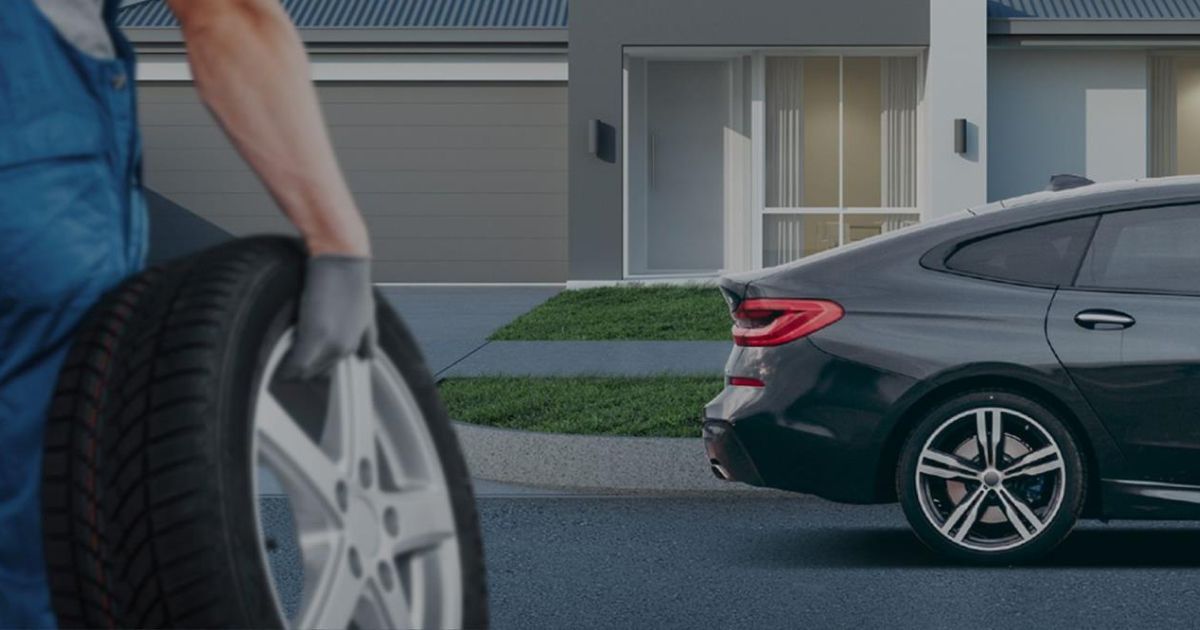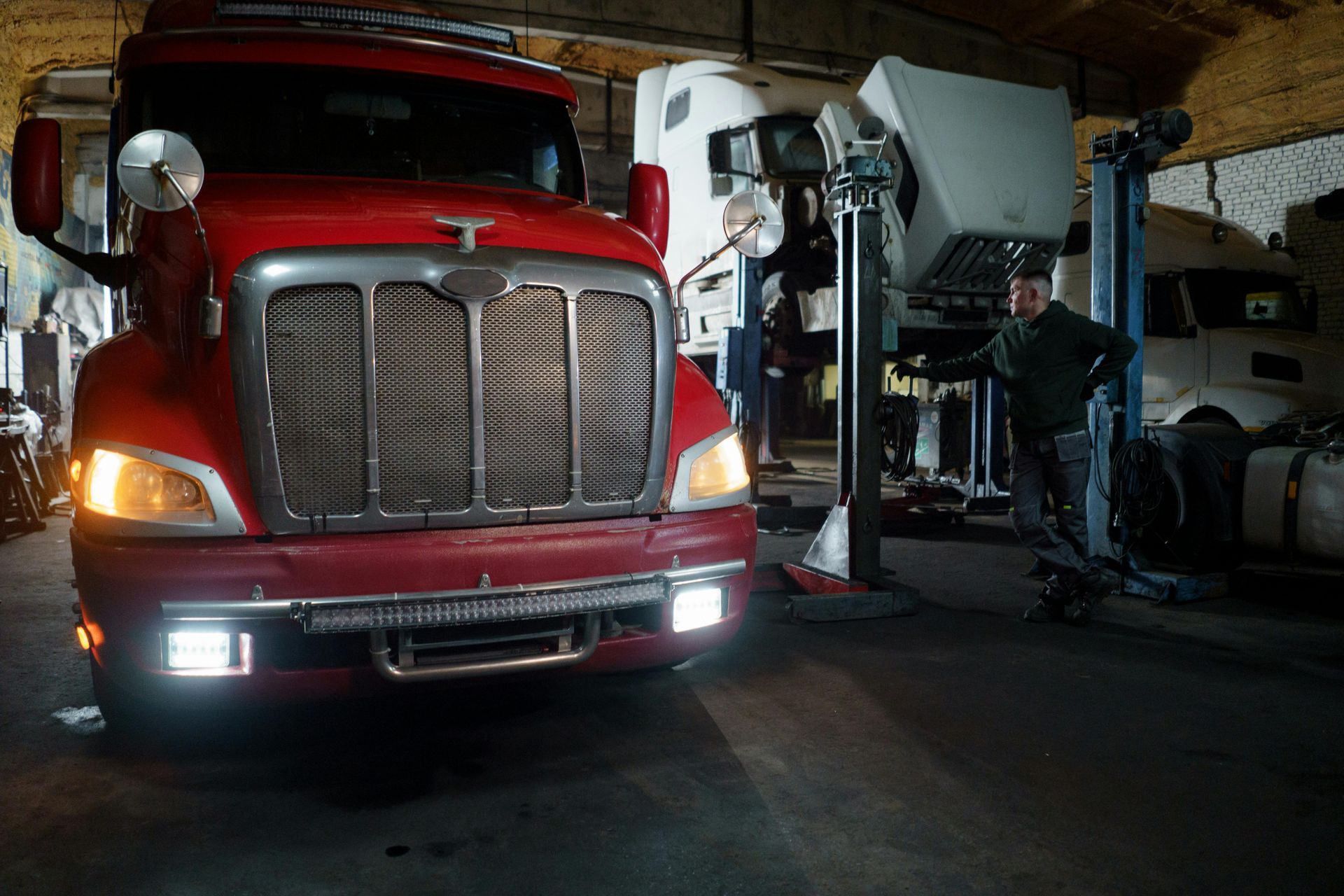Did you know Tesla Model S Plaid owners often need new tires every 5,000 miles? This fact shows a big problem with a top electric vehicle. Tesla is selling more cars, offering great range, power, tech, and style. But, a big question is: Why do these tires get flats so often?
Tesla Plaid tires are getting attention for many reasons. Owners often face flat tire issues, leading them to look for solutions. The Vehicle Virgins host mentioned that rear tires wear unevenly, exposing wires. This can cause flats or blowouts.
So, why do Tesla Plaid tires wear out so fast and get flats? The main reasons are the car's settings and its heavy weight. The Plaid's electric power and the type of tires used also play a part. These factors together lead to quick tire wear and flats.
Key Takeaways
- Tesla Model S Plaid owners often need new tires every 5,000 miles.
- Frequent flat tire problems with Tesla Plaid have been widely reported.
- Severe negative camber and heavy vehicle weight contribute to rapid tire wear.
- Enormous torque and low profile tires make the vehicle susceptible to flats and blowouts.
- Troubleshooting Tesla Plaid tire flats is crucial for maintaining vehicle safety and performance.
Common Issues with Tesla Plaid Tires
The Tesla Model S Plaid's high performance leads to several tire issues. Knowing these problems helps with better maintenance and longer tire life.
Performance and Torque Impact
The Tesla Plaid has 1020 horsepower, making it fast. Its electric motors put a lot of stress on the tires, causing them to wear out faster. This means the tires often get flats.
Negative Camber and Weight Distribution
The Tesla Plaid has severe negative camber at the rear, which wears down the tires on the inside. The car's heavy weight makes this worse. Fixing this is key to keeping the tires in good shape.
Low Profile Tire Susceptibility
Low profile tires look good and handle well but are easily damaged by the Plaid's weight and power. They wear out faster, which hurts the tire's durability.
Innovative Solutions to Enhance Tesla Plaid Tire Life
Bridgestone has come up with a new tire for electric vehicles, like the Tesla Plaid. This tire is made to handle the high speed and heavy weight of these cars. It's a big step towards preventing flats on Tesla Plaid vehicles.
At a recent Bridgestone event, they showed off this tire on a Ford Mustang Mach-E. It proved it works well on high-performance electric cars. The tire is designed to be efficient and durable, which is key for keeping Tesla Plaid tires in good shape.
The Bridgestone Turanza tire uses a special synthetic compound. It's rated for up to 50,000 miles, which means longer tire life for Tesla Plaid owners. This tire is all about saving money over time, which is a big plus for many drivers.
Advanced tire technologies like this one answer many questions about keeping Tesla Plaid tires in top shape. By focusing on tire care, you can avoid flats and make your tires last longer. This approach shows how to keep your Tesla Plaid running smoothly without breaking the bank.
Conclusion
Tesla Plaid owners often face the problem of flat tires. This is mainly due to the car's high performance, which puts a lot of stress on the tires. The car's design, including its negative camber and weight distribution, makes it more prone to flats. So, keeping the tires in good shape is key for both performance and safety.
The Tesla Model S Plaid's speed and torque need special care for the tires. Its powerful performance puts a lot of pressure on the tires. This means owners need to check and possibly adjust the tires more often.
New solutions and tire designs for electric cars might help solve these problems. EV tires made for cars like the Tesla Plaid could last longer and get fewer flats. As we learn more from real-world use, we'll likely see better tires and maintenance tips. Fixing these issues will make driving the Tesla Model S Plaid better and longer-lasting.
If you have a Tesla or Tesla Plaid that has a flat tire in the Phoenix, Scottsdale, East Valley or West Valley areas contact LugWrench Heroes for a tire repair or tire replacement. We come to you!
FAQ
Why do Tesla Plaid tires get so many flats?
Tesla Plaid tires often get flats for a few reasons. The car's high torque and performance are big factors. Its heavy weight and the severe negative camber from the factory also play a part. Plus, low profile tires are more likely to get damaged and worn out.
How does performance and torque impact Tesla Plaid tires?
The Tesla Model S Plaid's 1020-hp performance and quick speed stress the tires a lot. This leads to fast wear and makes them more likely to get flats.
What role does negative camber and weight distribution play in Tesla Plaid tire issues?
The Tesla Plaid has a lot of negative camber from the factory, which wears down the rear tires on the inside. This is made worse by the car's heavy weight. This uneven wear can show tire wires, increasing the risk of flats or blowouts.
Why are low profile tires more susceptible to damage on a Tesla Plaid?
Low profile tires look good and handle well, but they're more likely to get damaged. This is because high-performance electric cars like the Tesla Plaid put a lot of force and weight on them.
Are there any ways to prevent flats on Tesla Plaid?
Yes, you can prevent some flats by taking good care of your tires. Make sure to rotate and check the alignment often. Using tires made for electric vehicles, like the Bridgestone Turanza, can also help. These tires are made to last longer and get fewer flats.
What are some innovative solutions to enhance Tesla Plaid tire life?
New tire technologies, like those from Bridgestone for EVs, offer a strong alternative. They're designed to handle the high performance and weight of cars like the Model S Plaid. These tires are great for low rolling resistance and lasting a long time.
How can Tesla Plaid owners improve tire durability?
To make your Tesla Plaid tires last longer, follow a strict maintenance routine. Check and adjust the tire pressure often. Make sure to rotate and align the tires regularly. Also, think about getting durable tires made for high-performance electric vehicles.
